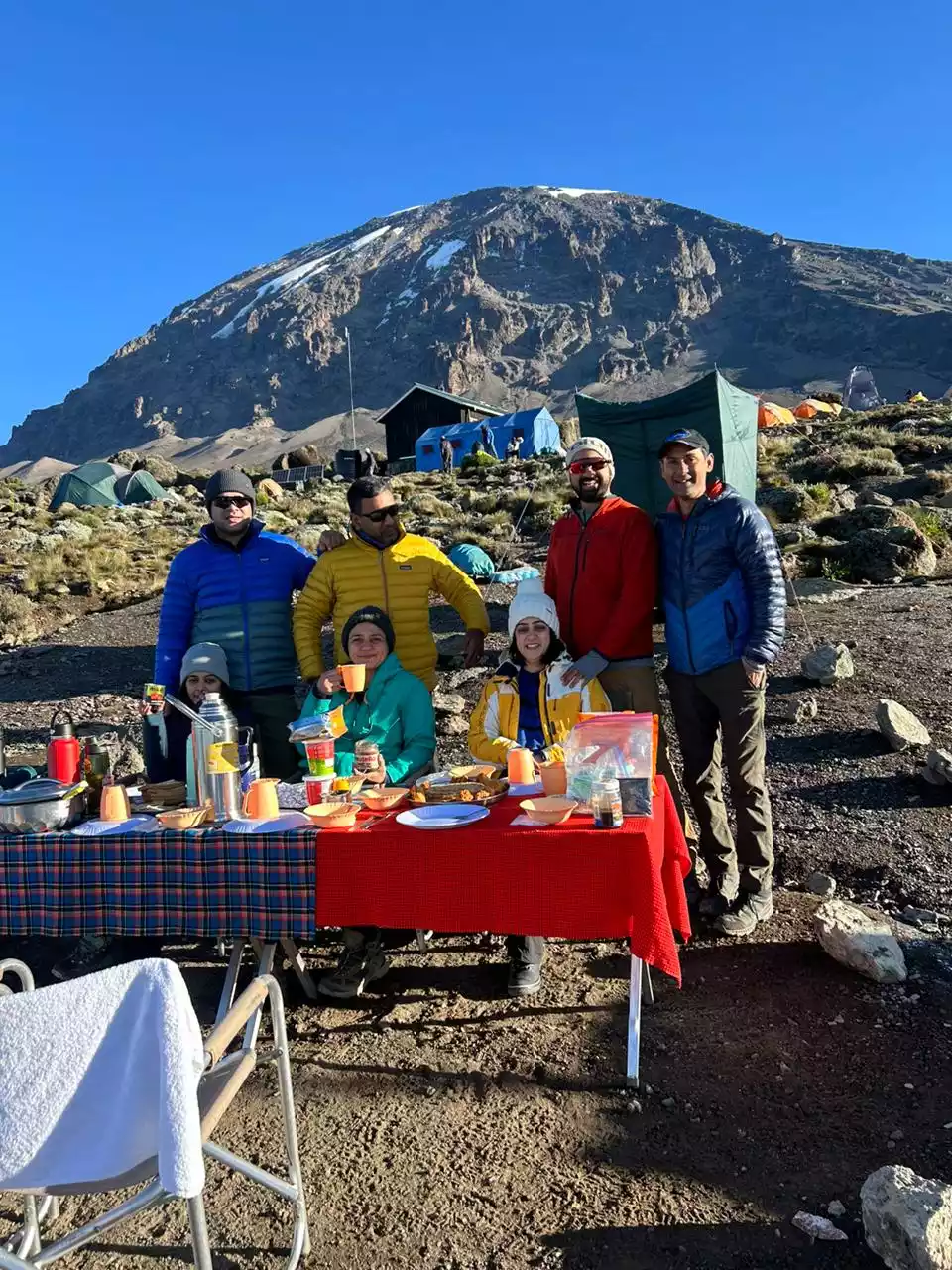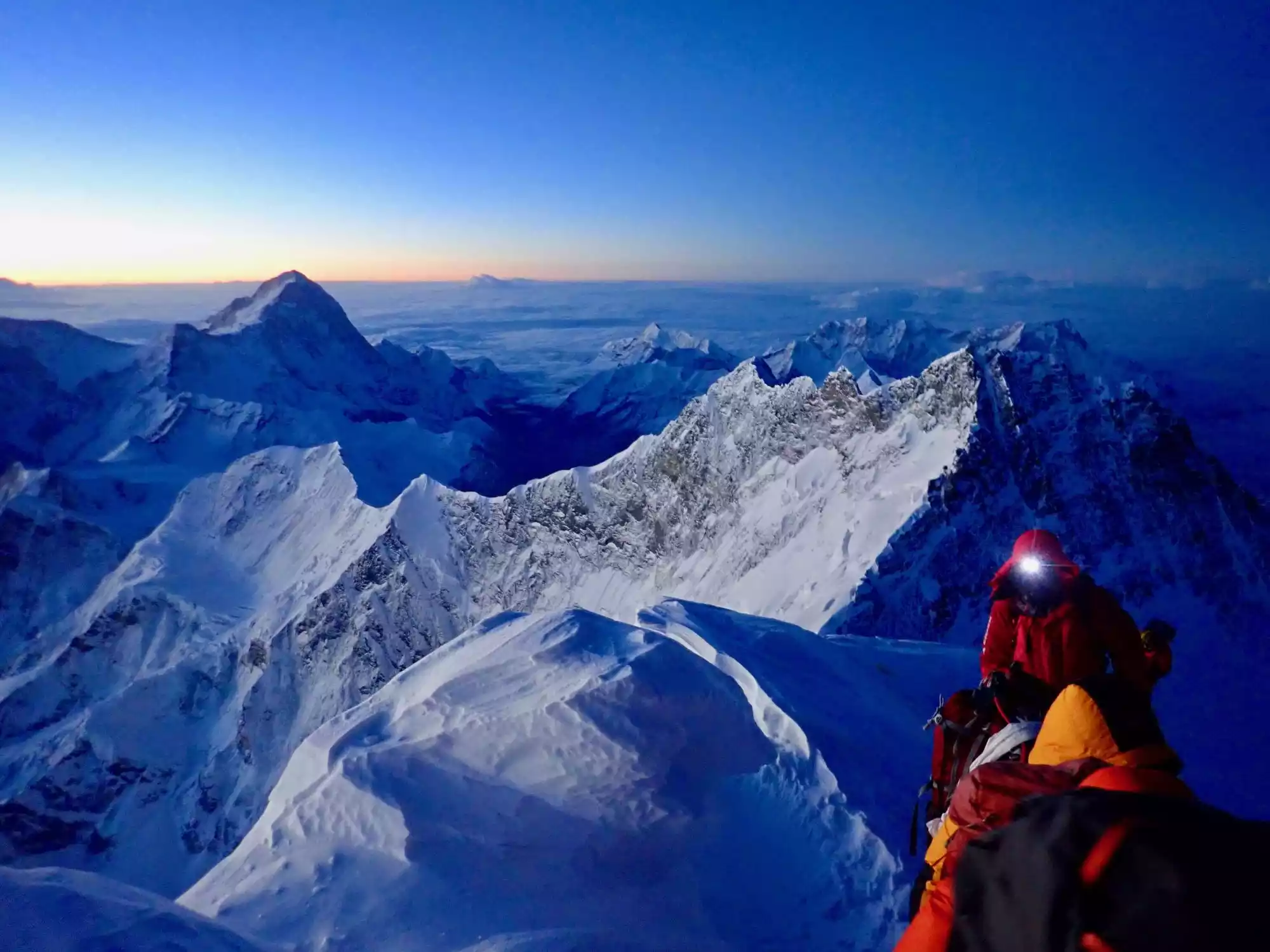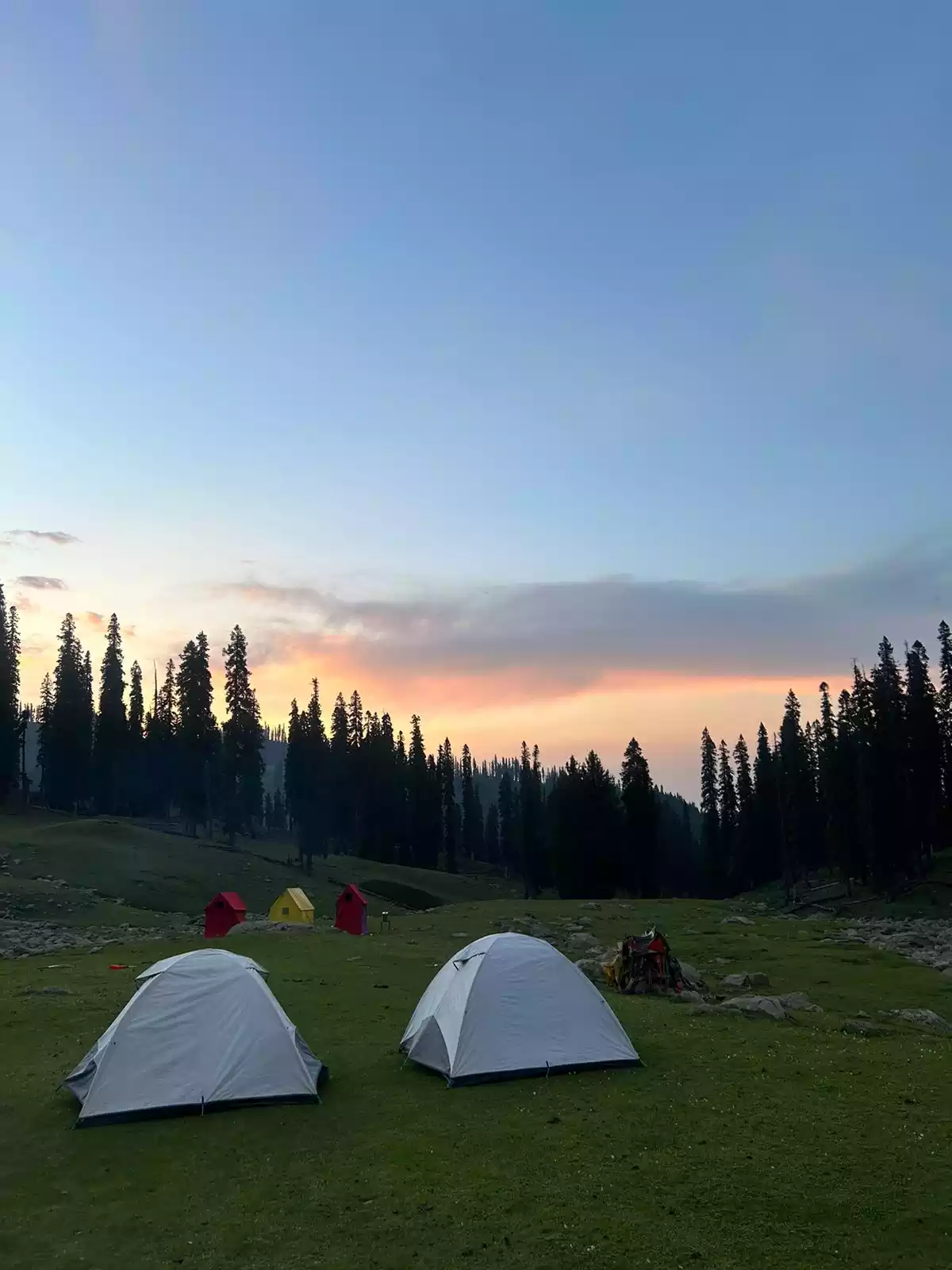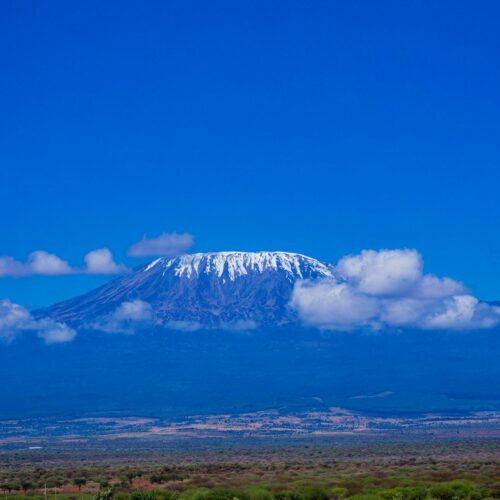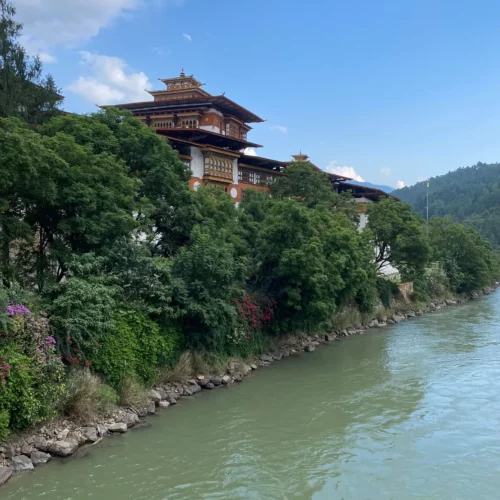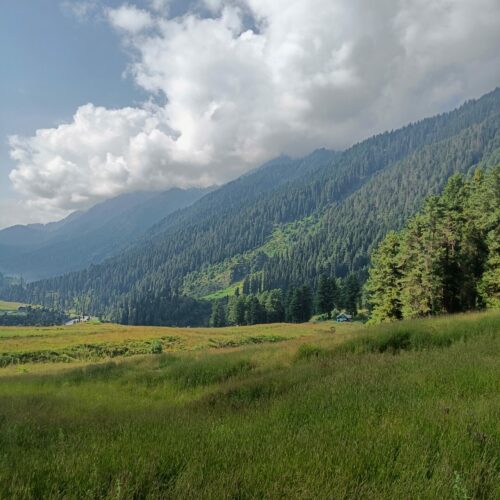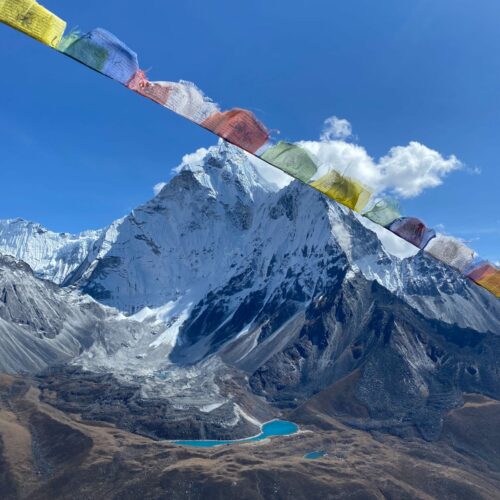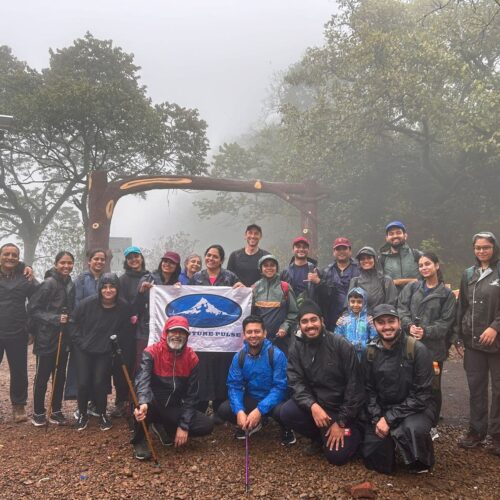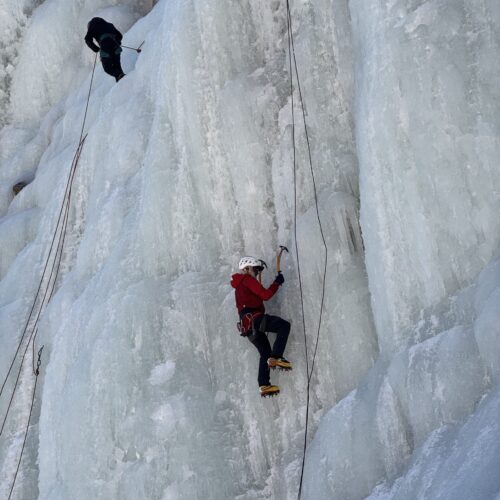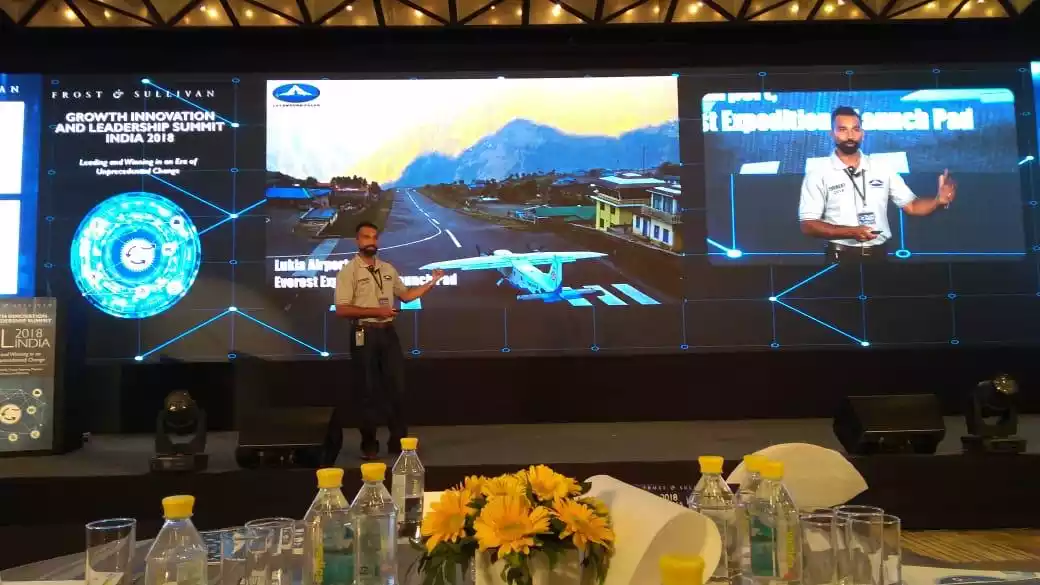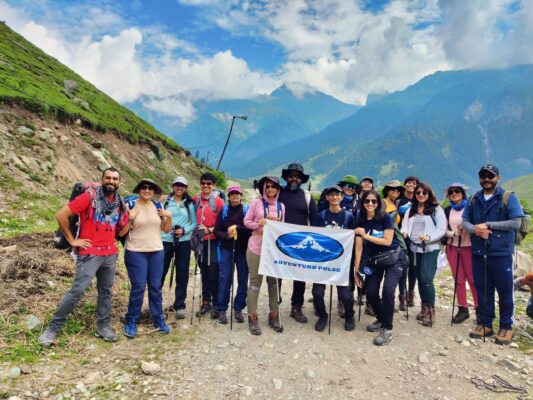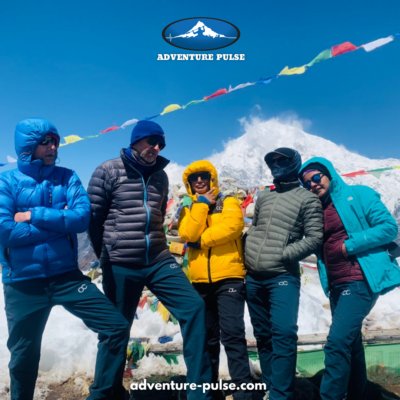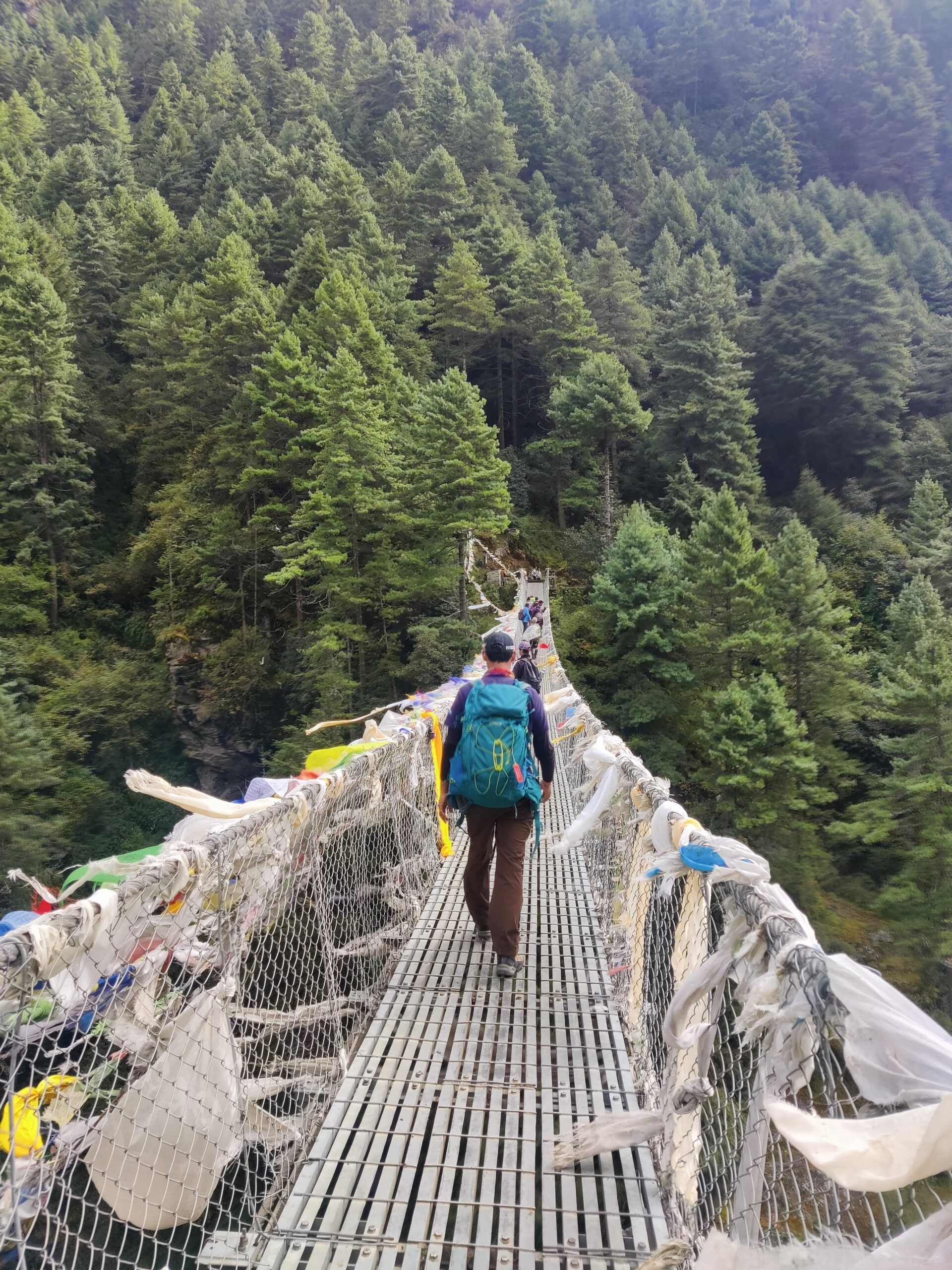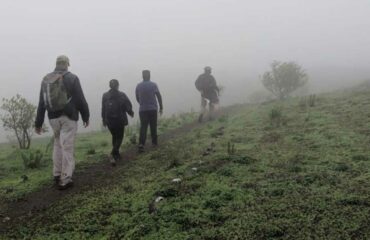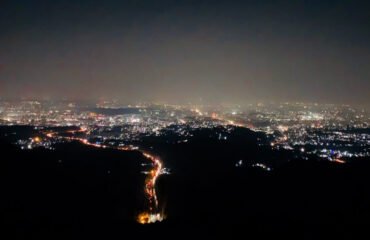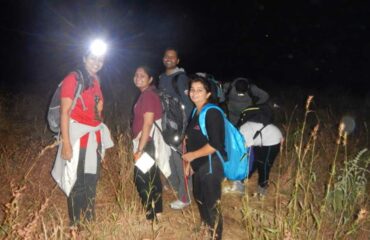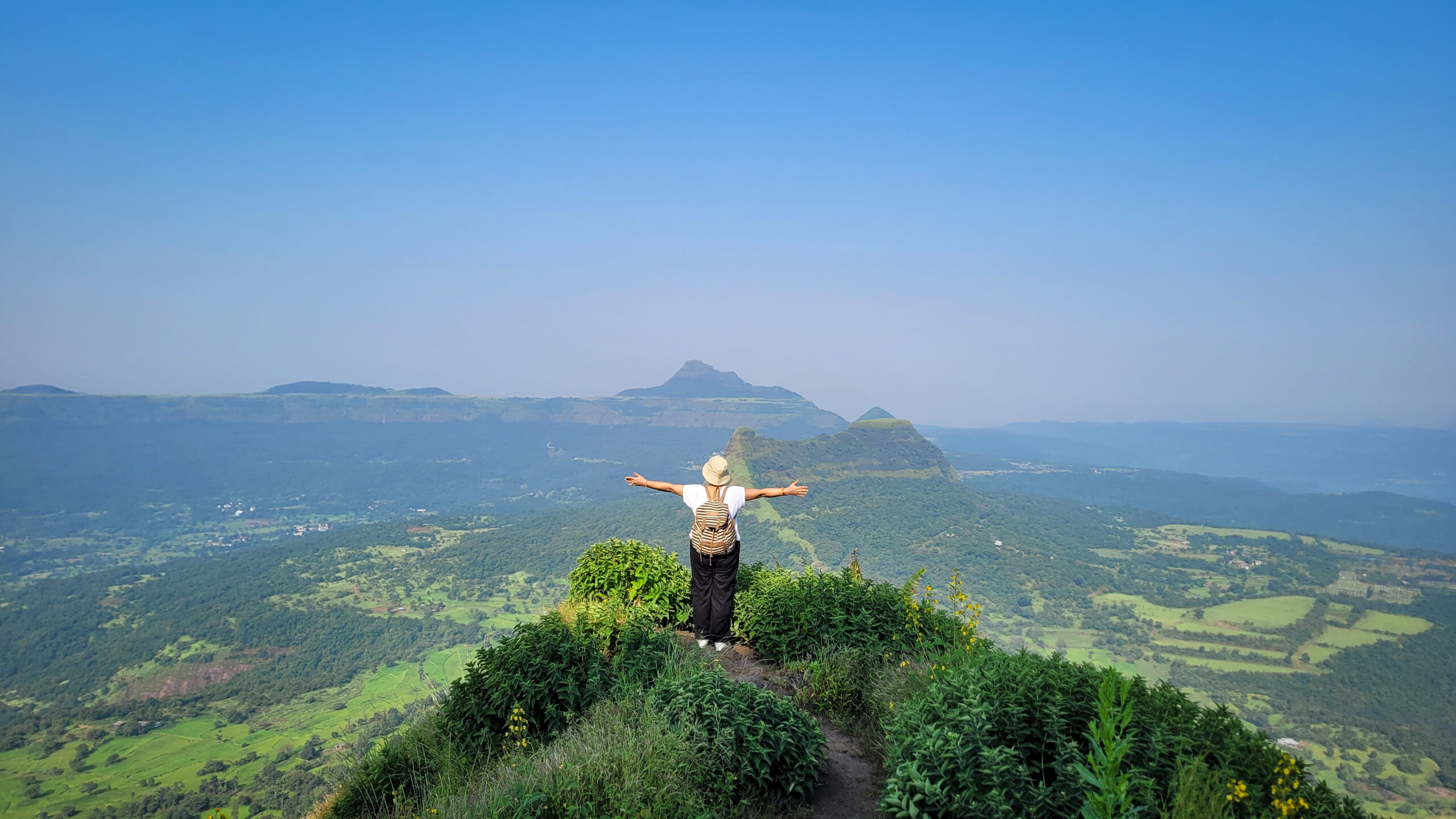
Treks near Pune:
Hey there, adventure seeker! Are you ready to lace up your hiking boots and explore the wild side of Pune? If so, you’re in for a treat. Pune, nestled snugly near the Western Ghats, isn’t just a bustling city, it’s a gateway to some of India’s most stunning trekking trails. Whether you’re a newbie eager to test your legs or a seasoned trekker chasing the next big challenge, the best treks near Pune or Easy Treks Near Pune have something for everyone.
In this massive guide, I’ll walk you through everything you need to know about trekking around Pune. Let’s start with the top 10 easy treks near Pune for beginners.
Read this detailed blog on How trekking in Pune is a must-do experience for trekking enthusiasts. https://adventure-pulse.com/blog/treks-around-pune-mumbai/

Easy Treks Near Pune
Easy Treks Near Pune Comparison
| Trek | Distance (One Way) | Elevation | Difficulty | Ascent Time | Best Season | Key Features |
|---|---|---|---|---|---|---|
| Sinhagad Fort | 2.5 km | 2,475 ft | Moderate | 1–2 hrs | Monsoon, Winter | Historical fort, panoramic views |
| Lohagad Fort | 2–3 km | 3,400 ft | Easy | 45–60 min | Monsoon, Post-Monsoon | Vinchu Kata, four gates |
| Tikona Fort | 2 km | 3,500 ft | Moderate | 1–1.5 hrs | Monsoon, Winter | Pyramid shape, 360° views |
| Rajmachi (Lonavala) | 7.5–8 km | 2,710 ft | Moderate | 2–2.5 hrs | Monsoon | Fireflies, twin forts |
| Rajmachi (Karjat) | 3 km | 2,710 ft | Moderate-Hard | 1–1.5 hrs | Monsoon | Steep terrain, dense forests |
| Visapur Fort | 2–3 km | 3,556 ft | Moderate | 1.5–2 hrs | Monsoon | Waterfalls, vast plateau |
Here’s the Easy Treks Near Pune Pune List:
1. Sinhagad Fort Trek
The Sinhagad Fort Trek stands as perhaps the most iconic and accessible trekking experience in the Pune region, situated just 20 kilometers from the city and offering an ideal introduction to Western Ghats trekking. Alongside Rajgad and Torna forts, this fort has been strategically important and historically significant. Having witnessed numerous battles throughout its storied past, yet unlike many historical structures in the region, Sinhagad’s fortifications remain remarkably well-preserved. The trek begins from Donje Gaon, with a clearly marked trail that combines both natural beauty and historical intrigue as you ascend approximately 2.5 kilometers to reach the magnificent fortification.
Beginner trekkers will appreciate Sinhagad’s moderate difficulty level, with the route featuring some steep sections but generally remaining accessible for those with basic fitness levels. The trail takes you through varied terrain including forest patches and open grasslands, providing diverse scenery throughout the journey. Most hikers complete the ascent in 1-2 hours, making this an ideal half-day adventure that leaves time to explore the fort’s extensive grounds and defensive structures. While accessible year-round, monsoon season transforms the landscape with verdant beauty, though it also makes the trail more slippery and challenging in places.
Upon reaching the summit, trekkers are rewarded with panoramic views of rolling green hills and, on clear days, magnificent cloud beds that stretch across the valleys below. The fort itself offers numerous points of interest including ancient gates, water cisterns, memorials, and bastions that speak to its military significance throughout the centuries. History enthusiasts particularly appreciate the connection to Maratha warrior Tanaji Malusare, who famously sacrificed his life capturing the fort from Mughal forces in the Battle of Sinhagad (1670), prompting Shivaji Maharaj’s comment, “Gad ala pan sinha gela” (The fort was won but the lion was lost).
For practical considerations, the Sinhagad Fort trek offers good facilities compared to many more remote destinations. Several small vendors at the fort provide refreshments including the famous Maharashtrian staples of zunka bhakar and pithla bhakri, perfect for replenishing energy before the descent. Public transport connects Pune city to Donje Gaon, though many visitors prefer the flexibility of private transportation to optimize their trekking schedule.
Historical Significance of Sinhagad Fort Trek
Sinhagad Fort is steeped in history and served as a crucial bastion during the Maratha Empire. Originally known as Kondhana, the fortress earned the name Sinhagad, meaning Lion’s Fort, after the legendary clash of 1670. Maratha commander Tanaji Malusare, acting under Chhatrapati Shivaji Maharaj, launched a daring night raid to reclaim the site from Mughal troops. Although the Marathas emerged victorious, Tanaji fell in battle, prompting Shivaji to mourn, Gad ala pan sinha gela-the fort is ours, but the lion is gone. Today the fort’s gates, cisterns, watch- towers, and memorials stand remarkably intact, bearing witness to centuries of fighting under Marathas, Mughals, and later the British. Visitors typically pause at the Kalyan Darwaza, Tanajis memorial, and the Devtake water tank, each site echoing tales of courage.
The Sinhagad Fort trek starts in Donje Gaon, a quiet hamlet resting at the hills foot. The round-trip walk covers roughly 5 kilometers and climbs close to 450 metres. Signage is clear, and hikers pass through thickets of forest, sunlit grasslands, and short, rocky scrambles. Although the route is rated moderate, novices with average fitness should expect brief, leg-burning pitches that might test city-dwellers unused to elevation. Most groups reach the top in 1 to 2 hours, pacing for water, snacks, or quick selfies.
On dry days the trail feels stable, yet the monsoon brings slippery stones and muddy stretches that demand caution. Good hiking shoes with solid tread, plus optional poles, can add confidence on the slick bits. Coming back down usually takes 45 minutes to an hour and a half. If time or energy runs low, a dusty, motorable road reaches the forts car park, yet grinding up the footpath rewards visitors with a much richer sense of place.
Best Time to Visit Sinhagad Fort Trek
Sinhagad Fort welcomes guests every month, yet the rain-soaked monsoon stretch from June to September proves most appealing. During those weeks, heavy clouds blanket the hill, sprouts burst in color, and each bend of the trail feels like a new postcard. Caution is still wise, because the stones can get slippery. Once the rains pull back in October and November, skies clear, temperatures cool, and the valleys unveil sweeping panoramas that photographers cherish. December through February remains brisk but comfortable, while March to May grows hot and dusty; starting early in the day eases the warmth and rewards hikers with quiet trails and softer light. A dawn ascent is especially magical, as the fort greets the sun in quiet gold and lingering mist.
How to Reach Sinhagad Fort Trek
Reaching Sinhagad Fort from Pune is simple, thanks to several transport choices: By Public Transport: State Transport (MSRTC) buses and shared auto-rickshaws leave regularly from Swargate Bus Stand to Donje Gaon, the starting point of the trek. The ride lasts roughly forty-five to sixty minutes. Alternatively, a local train to Ghorawadi or Sinhagad Road Station followed by a brief auto trip also delivers visitors to Donje Gaon.
By private vehicle, head out from Pune along Sinhagad Road, a smooth, well-kept stretch that takes roughly forty-five minutes. Park at Donje Gaon if you plan to hike, or continue to the forts summit for a quick drive-to-the-top option; both two-wheelers and cars manage the climb easily.
App-based taxis such as Uber or Ola, as well as local cab services, will gladly drop you at Donje Gaon or directly to the forts parking lot. Along the way and at both the base and the summit, modest snack stalls serve hearty Maharashtrian fare-piping hot zunka bhakar and pithla bhakri-so you can fuel up without losing much time.
2. Lohagad Fort Trek
The Lohagad Fort Trek presents an excellent option for beginning trekkers seeking historical immersion combined with natural beauty, located approximately 60 kilometers from Pune near the hill station of Lonavala. This 16th-century fort, whose name translates to “Iron Fort,” sits at a moderate elevation of about 3,400 feet and features remarkably intact structures including four distinctive gates (Ganesh Darwaza, Narayan Darwaza, Hanuman Darwaza, and Maha Darwaza). The well-established trail begins from Lohagadwadi village, following a gradual ascent that becomes somewhat steeper near the summit but remains manageable for newcomers to trekking, typically requiring 45-60 minutes of climbing time.
Seasonal considerations significantly influence the Lohagad experience, with monsoon season transforming the surroundings into an emerald paradise adorned with small waterfalls and mist-shrouded views that evoke a mystical atmosphere. During this period, the famous “Vinchu Kata” (Scorpion’s Tail)-a distinctive narrow range extending from the fort-becomes particularly dramatic when viewed against the verdant backdrop of rejuvenated vegetation. Post-monsoon months (October-November) offer clear skies and moderating temperatures that many consider ideal for photography and enjoying panoramic views extending to Pawna Lake and surrounding mountains.
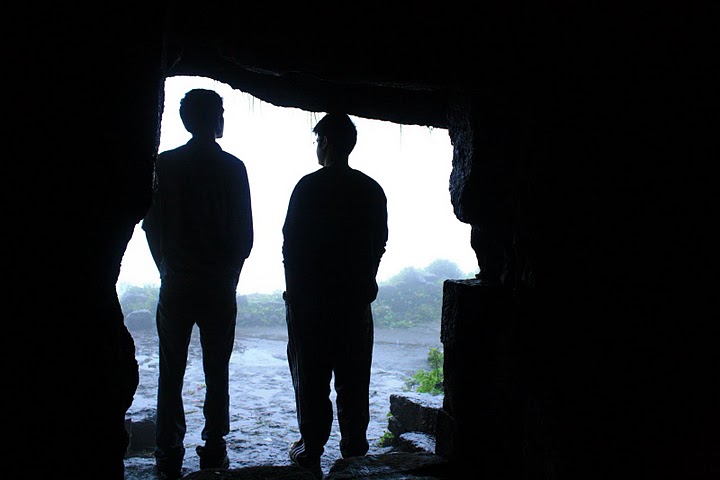
Trekkers enjoying the views from one of the gates at Lohagad Fort.
The historical significance of Lohagad adds substantial depth to the trekking experience, as the fort changed hands numerous times between the Maratha Empire, Mughals, and British forces. Chattrapati Shivaji Maharaj captured the fort in 1648, but it was later surrendered to the Mughals in 1665 before being recaptured by the Marathas in 1670. These historical transitions have left fascinating architectural influences throughout the structure, providing trekkers with a physical connection to the region’s complex past. Informational placards throughout the fort help visitors understand key historical events and architectural features, enriching the educational value of the journey.
Accessibility represents another advantage of the Lohagad trek, with multiple transportation options available from Pune. The nearest railway station at Malavli (connected to both Pune and Mumbai) sits just 2 kilometers from the trek’s starting point, making this one of the few treks easily accessible by public transportation. Alternatively, well-maintained roads allow comfortable travel by private vehicle with parking available near the trailhead. The trek’s relatively short duration and moderate difficulty level make it ideal for first-time trekkers, families with older children, and those seeking a half-day adventure that combines physical activity with cultural enrichment.
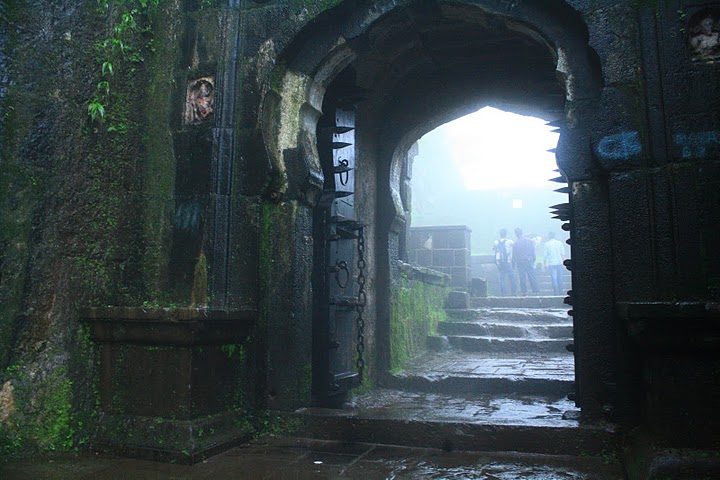
Historical Significance of Lohagad Fort Trek
Lohagad Fort sits at a crossroads of military memory, at once a treasury, watchtower, and bargaining chip for the Maratha Empire. When Chatrapati Shivaji Maharaj seized it in 1648, he added yet another stone to his growing web of strongholds. The Treaty of Purandar in 1665 later handed the fortress to Mughal oversight, but Maratha troops reclaimed it by 1670, and it remained in their hands until British artillery changed the equation in 1818. Architecturally, the site tells its own story: gates and ramparts speak Maratha pragmatism, Mughal decorative flourish clings to the walls, and the serpentine Vinchu Kata-cast in British-era masonry-commands the skyline. Heights like these never lack visitors, in part because the trail is dotted with placards that quiz walkers about who seized, ceded, or defended the stone forges above their heads.
Seasonal Considerations for Lohagad Fort Trek
Few trails flaunt the shape-shifting charm of Lohagad quite like its seasonal cycles. During the monsoon months of June through September, rain cloaks the slopes in unabashed green, streams leap over rocks, and the Vinchu Kata flirts with cloud. The path can turn slick, so even the photogenically reckless take caution.
Accessibility and Transportation for Lohagad Fort Trek
October and November deliver skies so clear they seem recently washed; cool breezes invite photographers who want Pawna Lake and ridges like Visapur and Tikona penned in their viewfinders. Crisp winter months-from December to February, crisp enough that exhaled breath hangs-become the comfort zone for hikers eager to pin the Sahyadri panorama under crisp light.
March through May brings a blistering sun and bone-dry air to the foothills. Early-morning climbs are finally livable, yet the rush of monsoon later in the year outshines the heat and mesmerizes everyone with greens no postcard can quite capture.
Lohagad ranks as one of the most straightforward reaches for anyone based in Pune. Catch any local train that flashes Malavli on the board; the stop is wedged between Pune and Mumbai, and the ride lingers between sixty and ninety minutes. From the rails, either walk the flat two kilometers to Lohagadwadi or barter a quick fare with an auto-wall.
Drivers can follow the Mumbai-Pune Expressway until Lonavala, pick up roadside arrows for Lohagadwadi, and carve out an hour-and-a-half jaunt. The tarmac stays even, no potholes to ruin the morning; parking huddles near the footpath.
Book a cab, and the meter ticks up faster than the sweat on your shirt. The ascent rarely stretches beyond sixty minutes of uneven stone stairs, so most taxis just wait at the base while passengers vanish into the clouds. A handful of stalls sling biscuits and chai, yet neither stream nor shop sells bottled water. Pack provisions, drink plenty, and only then start counting steps.
3. Tikona Fort Trek
The Tikona Fort Trek offers novice hikers a remarkable blend of manageable difficulty and spectacular payoff, situated approximately 60 kilometers from Pune near Pawna Lake. This pyramid-shaped hill fort-whose name literally means “triangular” in Marathi-presents a distinctive silhouette visible from miles around, creating an enticing target for trekkers. The ascent covers roughly 2 kilometers from the base village of Tikona Peth, following a well-defined path that becomes increasingly steep as you approach the summit, featuring some sections with carved rock steps that facilitate the climb while preserving the route’s historical character.
Throughout the journey, trekkers encounter fascinating historical elements dating back to the fort’s 16th-century Maratha origins, including ancient water cisterns, defensive structures, and cave temples that speak to the site’s longstanding strategic and spiritual significance. The final approach to the fort entrance features a notably narrow passage through which trekkers must carefully navigate-a defensive feature designed to allow only one person to enter at a time, forcing potential invaders to abandon formational advantages. This architectural element provides modern visitors with a tangible connection to the military thinking behind the fort’s construction while creating a memorable transition into the fort’s interior grounds.
Upon reaching the summit at approximately 3,500 feet elevation, Tikona rewards trekkers with truly spectacular 360-degree views encompassing Pawna Lake, neighboring forts (including Lohagad, Tung, and Visapur), and the expansive Sahyadri mountain ranges stretching toward the horizon. These panoramic vistas make the fort particularly popular for sunrise or sunset treks, when the changing light creates dramatic shadows across the landscape and illuminates the surrounding mountains with golden hues. Photography enthusiasts find these conditions especially rewarding, with countless opportunities for capturing the region’s natural beauty from an elevated perspective.
The relatively short duration (approximately 1-1.5 hours for ascent) and moderate challenge level make Tikona an ideal destination for weekend adventurers with limited trekking experience. The best seasons for visiting span from June through February, with monsoon months offering verdant landscapes and dramatic cloud formations, while winter provides clearer views and more comfortable hiking temperatures. Unlike some more remote destinations, basic refreshment vendors occasionally operate near the summit during peak season, though carrying adequate water and snacks remains advisable regardless of season. The trek’s accessibility, historical interest, and spectacular viewpoints have justifiably earned Tikona a place among Pune’s most popular introductory trekking experiences.
Fifteenth-Century Overview – Tikona Fort Trek
Built in the mid-1500s, Tikona Fort was more than a pile of stones; it sat across busy trade paths like a watchful owl blinking at night.
Water Tanks: Deep rock-cut cisterns once brimming with rain and reused by thirsty defenders.
Shrine Caves: Carved altars tucked in walls that hint someone once lit lamps and whispered prayers inside.
Guard Corridor: A squeeze of a lane so tight only one blade-wielder could slide through at once.
Crenelated Walls: Grey ramparts and stout bastions still let visitors pause and scan the green valleys below. Take a slow walk around and the bricks almost speak, bragging about holding Shivaji Maharajs flag before surrendering to Mughal generals and, eventually, British officers.
Trek Difficulty and Duration of Tikona Fort Trek
You kick off the climb from Tikona Peth, stepping onto a 2-kilometer path that zooms straight up toward the sky. The trail gains about 1,200 feet, so your lungs will know it mean business.
For the first stretch the slope feels friendly enough, yet slyly steepens once youre within shouting distance of the top. Rough-hewn stone steps, chipped right into the hillside, give your feet a cheery place to rest.
Most people reach the fort in 60 to 90 minutes; the clock slows down, of course, if you keep pausing to snap selfies. Coming downhill eats up another 45 minutes to an hour, and gravity, believe me, is in no hurry.
Good-quality trekking shoes and a generous bottle of water are not negotiable. That warning is louder than ever during the monsoon, when mud turns the trail into a slip-and-slide game.
Best Time to Visit for Tikona Fort Trek
Tikona Fort climbs its prettiest coat between June and February.
Rainy season moves in from June to September, draping everything in green and blanket fog; the look is stunning but the footing can be treacherous, so pace yourself.
October through November gifts tracks with crystal-clear skies and postcard views of Pawna Lake, Lohagad, and the distant Sahyadris circling the horizon.
Winter months of December to February bring cool air and bright foliage, a hikers holiday that hardly breaks a sweat.
March to May, on the other hand, turns the sun dial way up, so leave home before dawn if you want the trail to yourself; sunrise and sunset watch parties here become legendary among photographers.
4. Rajmachi Trek
The Rajmachi Trek presents beginners with two compelling approach options – from Lonavala or from Karjat. Each offering distinctive experiences and difficulty levels for adventurous hikers. This versatility makes Rajmachi particularly appealing for those seeking to customize their journey based on available time, physical preparation, and desired intensity. The Lonavala route covers approximately 15-16 kilometers (round trip) along a relatively gradual path suitable for beginners, typically requiring 4-5 hours of walking each way. In contrast, the more challenging Karjat approach features steeper terrain but rewards trekkers with denser forest coverage and more dramatic scenery, appealing to those seeking greater immersion in natural surroundings. The twin fortifications of Shrivardhan and Manaranjan that comprise the Rajmachi complex sit approximately 2,710 feet above sea level, serving historically as critical defensive positions controlling important trade routes. These well-preserved structures offer trekkers fascinating glimpses into medieval military architecture, with intact gates, bastions, and water storage systems demonstrating the engineering capabilities of their builders. Between the two forts stretches a plateau area that once housed a substantial settlement, with remaining foundations hinting at the daily life of those who inhabited this strategic location during the height of Maratha power in the 17th and 18th centuries.
Monsoon season transforms Rajmachi into a particularly magical destination, with mist-shrouded mountains creating ethereal landscapes that captivate photographers and nature enthusiasts alike. During June and early July, the Rajmachi trek gains additional fame for spectacular firefly displays that illuminate the surrounding forests with natural bioluminescence, creating unforgettable nighttime experiences for those camping in the area. This seasonal phenomenon attracts dedicated firefly treks organized by various outdoors groups, providing guided opportunities to witness this remarkable natural display.
Logistically, Rajmachi offers better infrastructure than many comparable treks, with homestay options available in Udhewadi village near the fort complex, allowing for comfortable overnight stays without carrying camping equipment. These homestays typically provide simple but nourishing local meals, offering cultural immersion alongside physical adventure. For day trekkers, completing the journey requires early morning starts, particularly when approaching from Lonavala, to ensure sufficient time for exploring the forts and returning before darkness. Public transportation serves both starting points reasonably well, with regular buses and trains connecting Pune to both Lonavala and Karjat, though the final approaches to trailheads may require additional local transportation arrangements.
Approach Options: Lonavala vs. Karjat
You can reach Rajmachi in a couple of ways, and each tells a different story on the ground. The Lonavala approach runs for roughly fifteen to sixteen kilometers in a long, gentle sweep that almost feels like a welcome stretch of countryside. Its gradual slopes and stray meadows keep first-time trekkers relaxed, yet it still asks for four to five hours on the clock for the climb alone. Many choose to stay the night and wake up to a star-strewn sky over the fort.
Those after a jolt of adrenaline prefer the Karjat route, which kicks off from Kondivade village and lashes up the hill in barely six to eight kilometers. The path snarls into thorny bushes, slabby rock faces, and collect-a-lot-of-mud moments that chew up two or three hours faster than you expect. Both trails finally tumble into Udhewadi, where the first brick of the fort complex meets the first beer of most hikers. Because of its even gearing and surprise handrails, guidebooks usually nudge nervous newcomers toward the Lonavala side.
Historical Significance
A glance at the stone walls reveals that Rajmachi used to patrol the very lifeblood of trade flowing between the Deccan heartland and the Konkan coast. Shivaji Maharaj saw the strategic gold mine and had men reinforce it in the 16th century with walls tight enough to hold a stubborn siege. Up top, Shrivardhan towers taller, its jagged ramparts almost daring clouds to bump them, while the smaller Manaranjan snaps the same view yet whispers its own stories. Even today, the forts stubbornly guard a secret-proof water catchment system; the rock-cut cisterns sip rain all year and hand it out like clockwork.
Settlement Ruins Remnants of what was once a lively trading post still stare out over the valley. Fort and township switched hands like cards in a monsoon wind-Marathas, Mughals, finally the British in 1818. Oddly enough, that long stretch of neglect kept the walls upright, and trekkers now stumble across doorframes that look almost waiting to be used.
Winter Season Highlights for Rajmachi Trek
When December slides in, the Rajmachi tracks wear a chilly coat that enchants any hiker open to frost-bite. Firefly Displays Early June, not December, is when the beetles audition for Bollywood; whole canopies pulse with tiny lights, so guides run later-shift walks for anyone craving the wow. Misty Landscapes Fog blankets the fort tips at dawn and late tea-time, turning stone outlines into things you could almost reach out and poke but never quite touch. Waterfalls and Greenery Fresh spills tumble down the Karjat slope, and the ferns pretending to drink them look like glossy ads in a magazine-no one believes the color until they see it. Camping Opportunities The plateau flatters itself with calm skies and temperatures that flirt with chilly after dark, inviting novice campers to learn the constellations instead of sleeping bags. Photographers and naturalists argue over which season is best; winter, in truth, brings almost every case for evidence.
5. Visapur Fort Trek
The Visapur Fort Trek offers beginner trekkers a fascinating experience and an alternative to the nearby Lohagad Fort, with the two historical structures facing each other across a small valley approximately 60 kilometers from Pune. Interestingly, Visapur stands at a higher elevation than its more famous neighbor, providing trekkers who conquer its slopes with commanding views over Lohagad and the surrounding landscapes. The trek begins from either Bhaje village or Patan village, following well-established routes that gain approximately 1,100 feet in elevation over 2-3 kilometers of trail, presenting moderate difficulty suitable for those with basic fitness levels.
Unlike many neighboring forts that feature densely concentrated structures, Visapur Fort spreads across an expansive plateau, with ruins scattered throughout a surprisingly large area that invites extended exploration. The fortification’s substantial size results from its construction during the late 18th century as an explicit counter to British positions at Lohagad, requiring sufficient space to house larger contingents of defending forces. Historical records indicate that despite these defensive preparations, British forces disabled the fort’s protective features using artillery fire from the plains below before eventually capturing it in 1818, marking an important transition in regional military control.
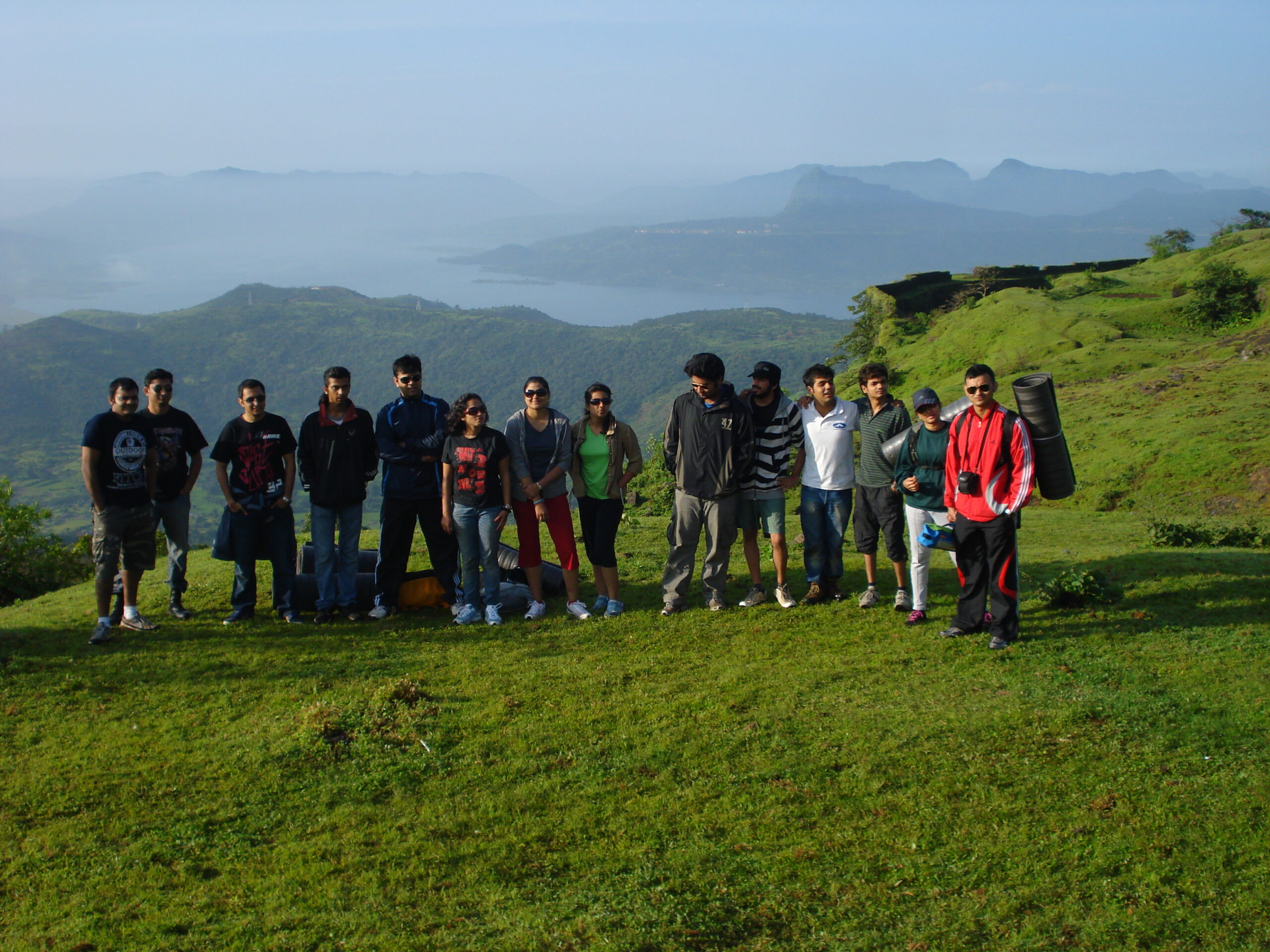
Monsoon season dramatically transforms the Visapur Trek experience, with the plateau becoming a veritable water world featuring numerous seasonal waterfalls cascading down its sides. These magnificent water features, some reaching heights of over 100 feet, create spectacular visual displays and refreshing natural pools that many trekkers find irresistible after the warming climb. Adding to the sensory experience, the plateau becomes carpeted with vibrant wildflowers and lush grasses during this period, creating an unexpectedly verdant environment atop the otherwise rocky mountain that persists through the post-monsoon months.
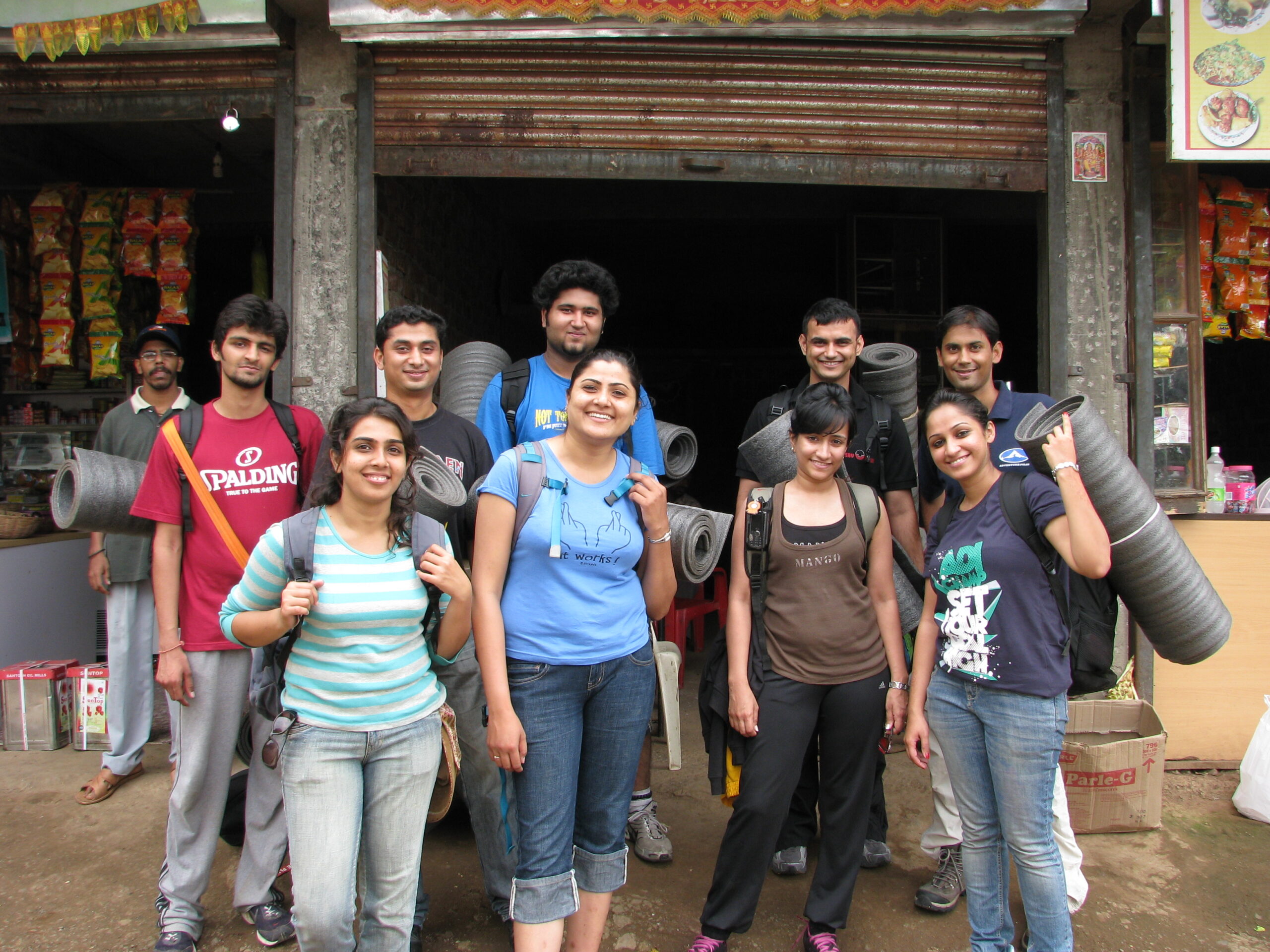
Practical considerations for the Visapur trek include relatively limited facilities compared to more developed destinations like Sinhagad. No permanent food vendors operate at the summit, making it essential to carry sufficient water and provisions for the entire journey. The exposed nature of the plateau also means limited natural shade, requiring appropriate sun protection particularly during clear weather. Most trekkers allocate 4-6 hours for the complete experience, including ascent, exploration time, and descent, making this an ideal day-trip destination from Pune. The nearby Bhaja Cave, an ancient Buddhist rock-cut architecture dating to the 2nd century BCE offer an excellent complementary attraction for those interested in extending their historical and cultural exploration in the area.
Historical Context of Visapur Fort Trek
Visapur Fort rose from the rock in the 1780s, commissioned by the Marathas who wanted a counterweight to British musket fire on Lohagad. The plateau was spacious enough to house a small army, and the scatter of stones today still hints at that ambition.
Thick ramparts march across the crest as if still challenging any intruder.
Water cisterns cut straight into the stone once collected every drop the monsoon threw down.
A few dark caves and half-tumbled walls whisper of barracks and grain stores that lined the garrison yard.
In 1818 British guns on the plains turned those walls to rubble and walked in with the dawn.
Rivalry with Lohagad always hung in the air between the two forts, because a glance from one rampart shows the other. Axel trekkers can knock off both in a single Saturday.
Not far off, the 2nd-century-BCE Bhaja Caves hum with younger echoes, offering a bonus pit-stop on the same dusty trail.
Trek Route and Difficulty for Visapur Fort Trek
You can kick off the Visapur trek either from Bhaje or Patan; both starting points blanket a gritty 2 to 3 kilometres underfoot. Climbers rack up roughly 1,100 feet of headroom, and while the bulk of the path sits in the moderate lane, a few sharper rock-studded stretches keep even seasoned legs awake. Most groups clock 90 to 120 minutes to crest the slope, threading through drifts of turmeric grass and sudden open brows. The route is less ribboned than what youll find on Lohagad, which amps up the adventurers mood, yet the odd painted arrow or stone-level marker keeps wanderlust from turning to worry. Coming back down takes another hour at a steady pace. Rainy season visitors should treat every slab with suspicion: one quick step during a monsoon shower can turn routine rock into grease. Sturdy boots, a water bottle that doesnt complain about heat, and a handful of biscuits or peanuts are your only roadside bouncers; nobody sells anything up top.
Winter Season Features
Once winter whispers across the plateau, the trek zips from sightseeing to spectacle. Sheer, wind-chased waterfalls-no tourists, no entry fees-spring over the side cliffs, falling almost a hundred feet and pooling in blue-bottomed bowls you can dip a hand into. The whole level is painted upside-down: wild mustard yellows, carpet greens, and occasional rust-red fungi give trekkers a living drift mosaic. Fresh winter showers polish every leaf, so the ring of hills around Visapur glows like bottled jade. Clear post-monsoon skies mean that grand mile-wide tourist views of Lohagad, Tikona, and Pawna Lake finally arrive without a haze filter. Suns relentless up there, though-no trees, no awning-so plonk on a good cap and sunscreen. People who love drama in their hiking lines agree: winter turns an ordinary walk into a postcard that refuses to stay flat.
Hope this blog helps you to choose your monsoon Easy Treks Near Pune. For more information and details of the upcoming guiding treks, visit our website: adventure-pulse.com

